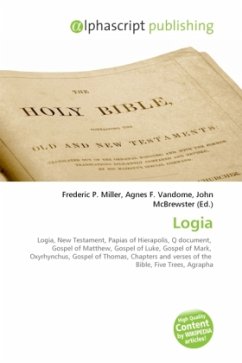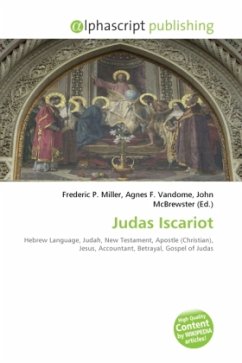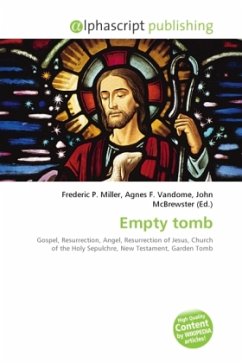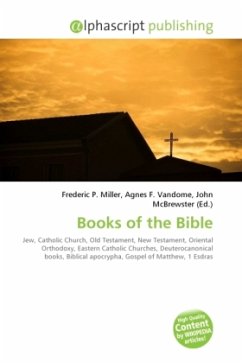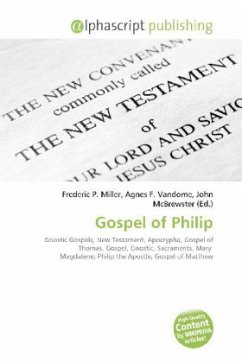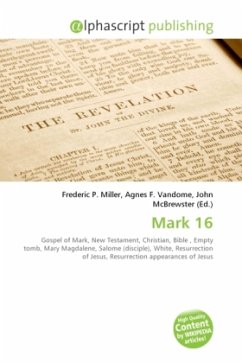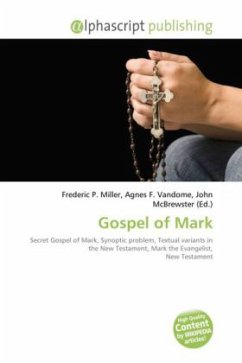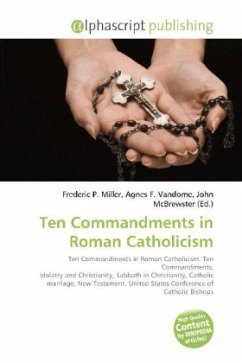In New Testament scholarship, the term logia is primarily applied to a supposed collection of sayings of Jesus believed to be referred to by Papias.Many scholars identify this collection with the hypothetical Q document, which has been postulated to explain the many similarities between the Gospel of Matthew and the Gospel of Luke that are not accounted for in the presumably earlier Gospel of Mark.More generally, logia refers to small portions of text that are not evidenced elsewhere and are generally unique.The term is also used of the texts on two Oxyrhynchus papyri discovered in 1897 and 1904,which are now considered to be either part of the Greek original of the noncanonical Gospel of Thomas or to be very close to it.Scholars divide the Gospel of Thomas itself into 114 logia rather than using the chapters and verses traditionally applied to the canonical gospels.

